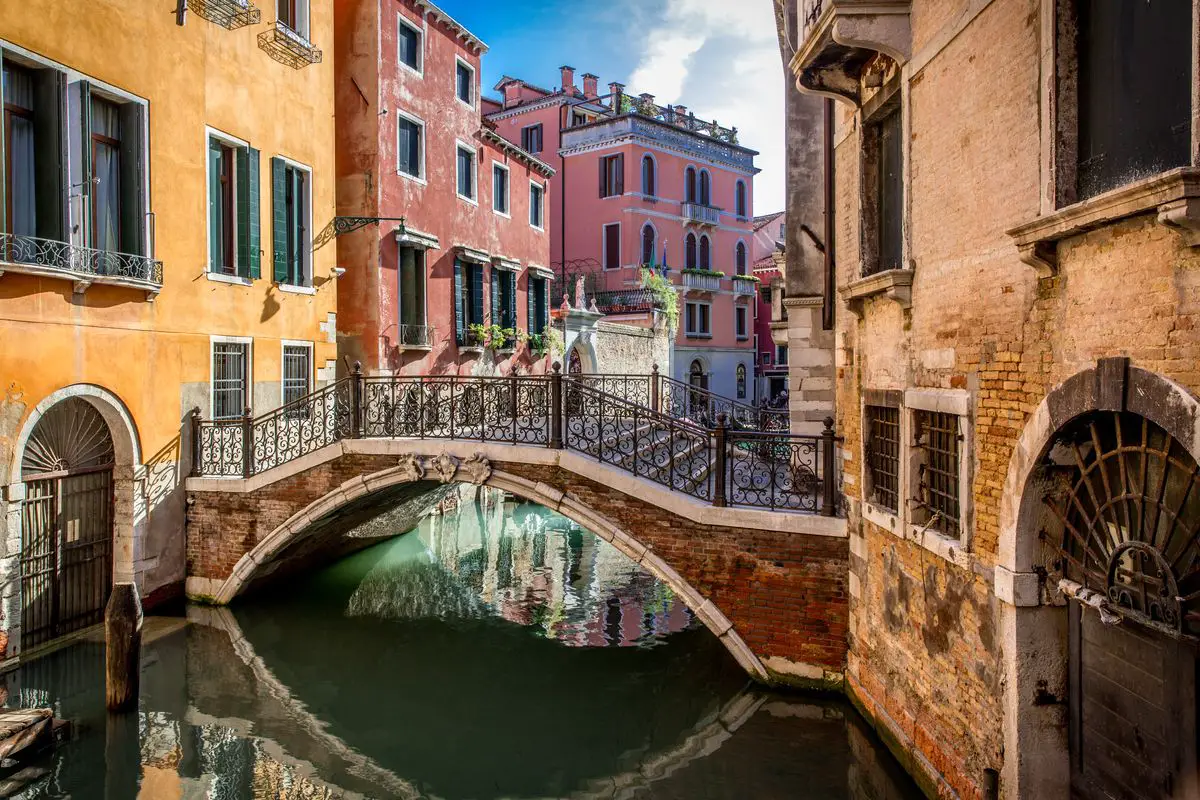World 🢖 Europe 🢖 Italy 🢖 Veneto
Cities and towns 🢔 Settlements 🢔 Architecture wonders 🢔 Categories of wonders
Wonder
Venice

 In short
In short
One of the most unusual and most beautiful cities on Earth is Venice. Here on 118 small, closely located islands over the centuries one of the richest European powers has built and gathered an unbelievable amount of art and architectural values.
Venice is Earth’s No.1. wonder in the list of more than 11 000 wonders of Earth by Wondermondo.
 89.1%
89.1%
GPS coordinates
Name in Venetian
Name in Italian
Founded
Flourished
Area
UNESCO World Heritage status
Map of the site
If you see this after your page is loaded completely, leafletJS files are missing.
 In detail
In detail
There are many unique and beautiful cities around the world but one is very special: Venice. This city is wonderful in many aspects – historical, geographical, and, above all, in its beauty and extreme riches of art and architecture.
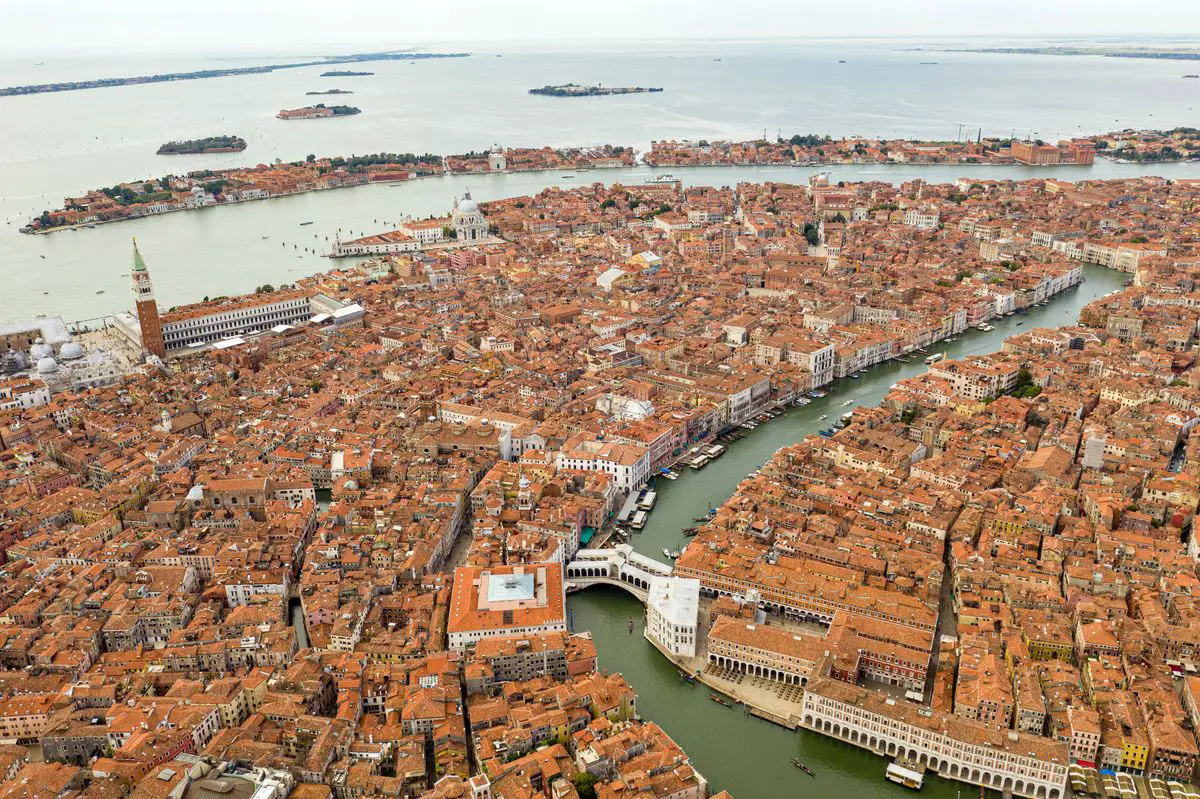
There is much talk about the hype around Venice – images are beautiful, expectations – high, but during the hasty visits most of the tourists do not manage to “catch” the unique feeling of the city. They experience the crowds in the traditional touristic “ant trail” between Palazzo Ducale and Ponte de Rialto, the usual tourist food and souvenirs, rush, cloudy channels… Venice is nice but may be overvalued?
If one is lucky to stay there longer, there opens a whole universe, another world, seemingly endless in its diversity. One can walk endlessly around the silent, unusual districts at any time of the day and night, one can get acquainted with the locals or dance in smaller piazzas. Sometimes in the evening through an occasional window can be seen the opulent interiors of Venetian palazzos, a glimpse into another life among centuries-old paintings, furniture, and… legends. Yes, every street, bridge, building there has its own legends. And a special feeling takes over: awe, endless amazement, a feeling of infinity that is intertwined with a light sadness about the passage of time.
History
There would be needed a whole set of books to describe the history of Venice, but, to keep it short, below comes a list of the main events:
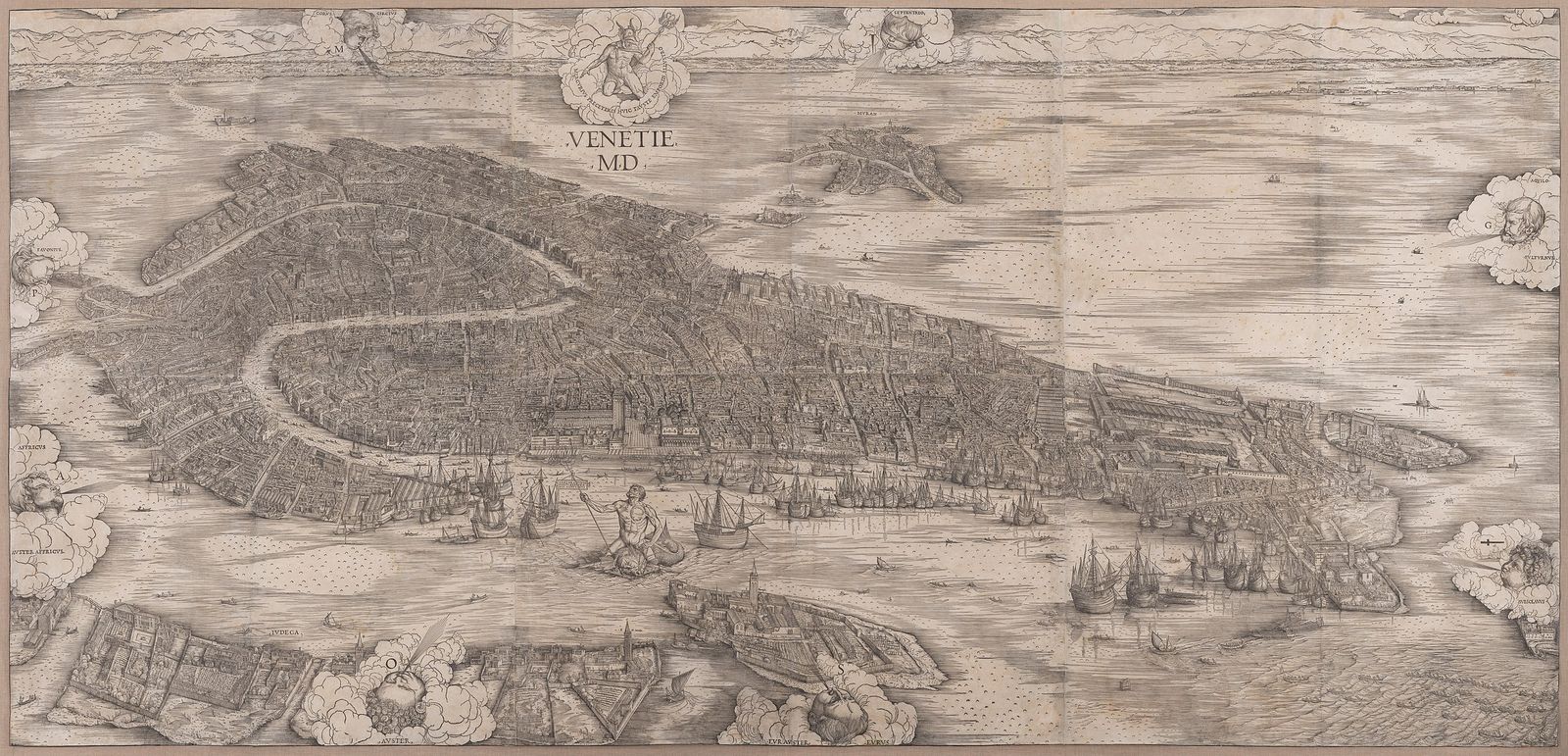
- 3rd – 6th century AD – the nearby regions of the Roman Empire suffered from the raids of Germans and Huns and quite a few people from the former Roman cities found shelter in the swampy islands of Venetian Lagoon. According to a local legend, the history of Venice started with the dedication of the first church – San Giacomo on Rialto (there is a later church on this site now). This reportedly happened on 25 March 421.
- 568 AD – governing committee of the islands in the Venetian Lagoon was established. This could be influenced by the experience of the Roman Republic. At the same time, this laid the foundation for further republican-style governance – a highly competitive form of management that helped to make the city prosperous and influential for long centuries to come. Formally Venice was subordinated to the Eastern Roman Empire (Byzantium).
- 697 AD – according to legends, the first doge of Venice was elected. Doge was elected official, the leader of the Republic of Venice. Doges were elected by the aristocracy and they had no right to name their successor.
- 726 AD – after a rebellion Venice got a significant autonomy from Byzantium. The first historically known dodge was elected, thus starting the Venetian Republic. Ursus was the first among 117 known Venetian dodges – now, this is history!
- 751 – 810 AD – German kings and later – Charlemagne – conquered all the mainland of Italy and repeatedly tried to conquer Venice… without success. Son of Charlemagne, Pepin, died from an illness that he caught in the swamps of Venice during the siege. More people fled to Venice from the mainland.
- 811 AD or shortly after this – the capital of the Venetian Republic was moved from Lido island to Rialto – the center of present-day Venice.
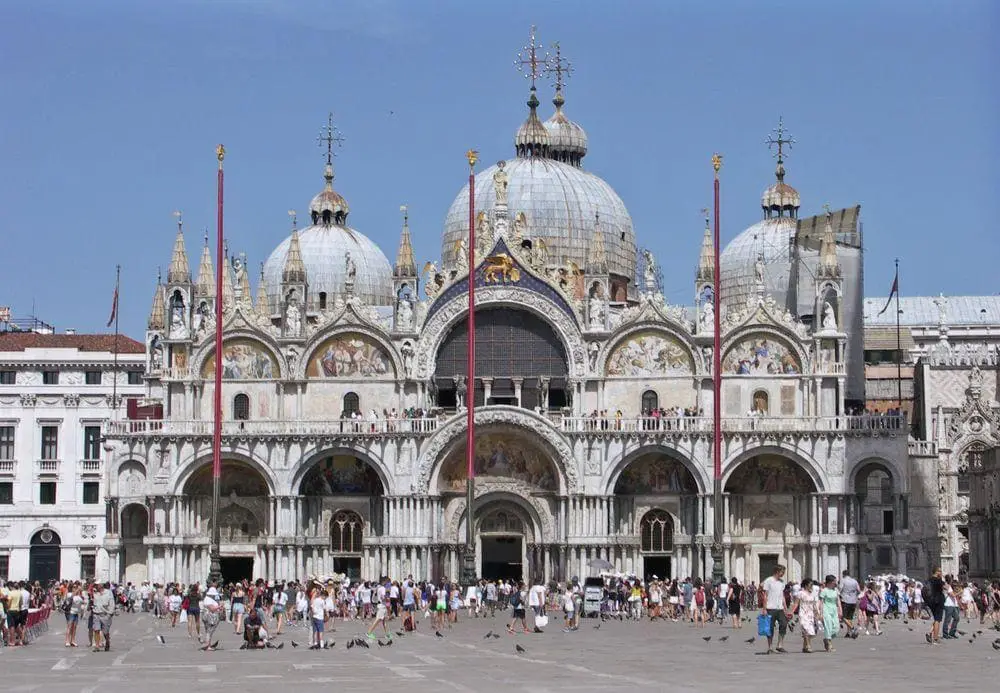
- 828 AD – adventurous Venetian traders acquired relics of St Mark the Evangelist and brought them over to Venice from Alexandria. Relics were placed next to the new palace of the doge, a chapel was built to house these relics. Thus started the development of the magnificent Saint Mark’s Basilica. With this act, Venice gained significantly increased importance in the region.
- 811 – 1204 AD – Venice created its marine empire in the Eastern Mediterranean, establishing a commercial empire and securing relative stability in the region. More and more wealth was acquired by the influential families, impressive buildings were built.
- 1204 – by a strange twist of circumstances the Fourth Crusade captured and sacked Constantinople. The former metropolis of Venice fell. Skilled diplomacy and a strong navy brought even more influence, new territories, and new riches to Venice.
- 13th – late 15th century – the golden time of the Venetian Republic. Thousands of Venetian ships were trading in the Mediterranean and also elsewhere. The giant wealth of Venetian traders often was invested in arts and architecture, attracting talented artists from many lands around the Mediterranean. Venice had relative freedom of religion, thus many persecuted people arrived there, further bringing in new knowledge, skills, and wealth. Writings of Marco Polo about his travels in Asia in the early 14th century to a large extent laid the ground for the Age of Discovery.
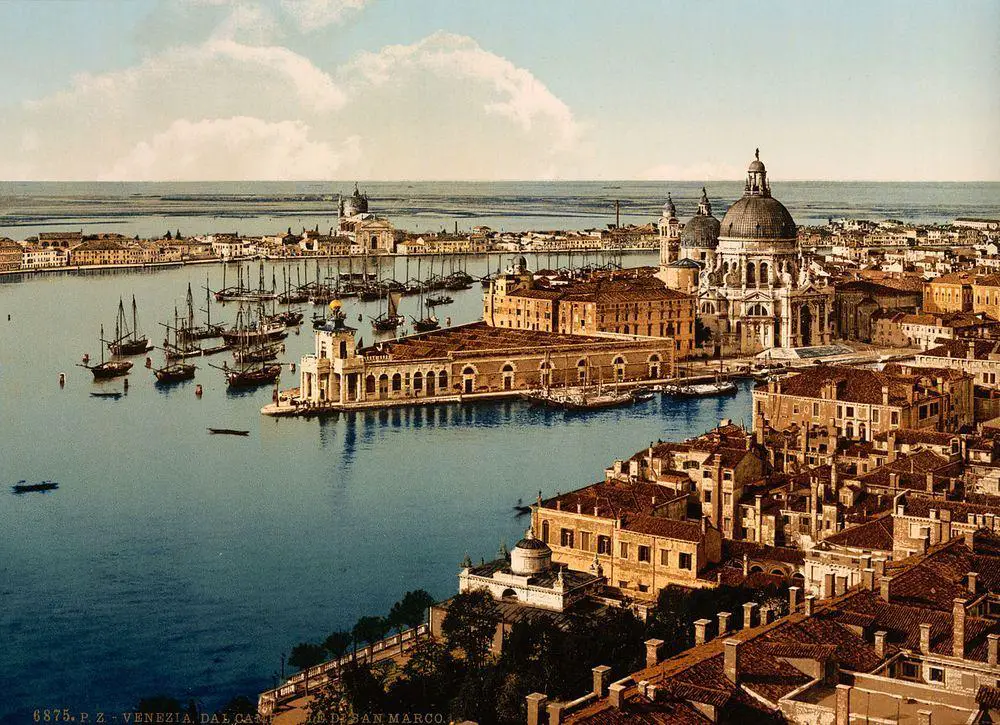
- 1453 – middle of the 18th century – gradual decline of Venetian Republic. The city still was extremely rich and invested in arts and construction. Nevertheless, the Age of Discovery ended the dominance of Venice in international trade, and new European powers – Portugal, then Spain, and France took over the initiative in the trade. The rise of the Ottoman Empire gradually closed the access to the Near East. During this time Venetians created many innovations in industrial production and established fame in arts and literature, creating a new basis for influence in Europe.
- 1797 – During the Napoleonic Wars the Republic of Venice lost its independence and Venice became a part of Austria. In 1805 it became a part of the Kingdom of Italy and then, in 1814 – again slipped under the influence of Austria. The Venetian Republic experienced a short period of independence during the rebellion in 1848.
- 1866 – Venice became a part of the Kingdom of Italy. Since then the city is part of Italy. Happily, the city did not suffer significantly during the wars.
Geography of the Venetian Lagoon
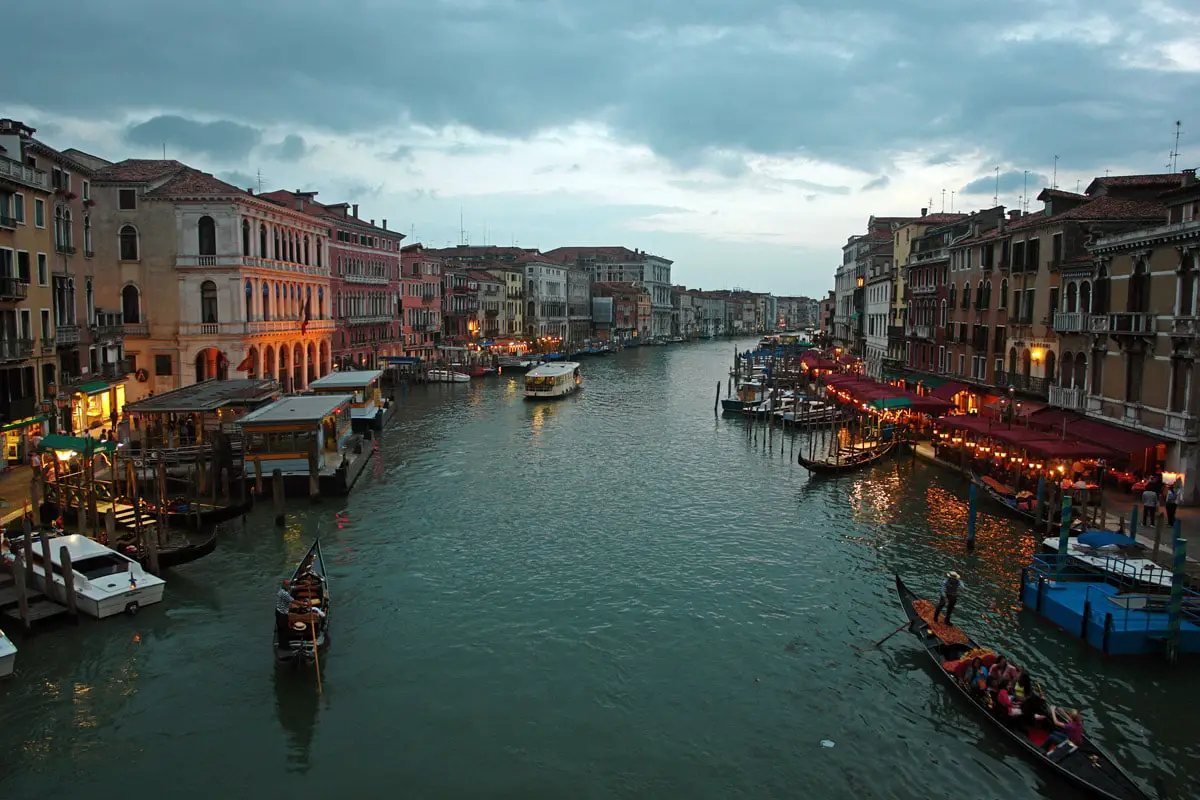
After the Ice Age the global sea levels rose and some 6 – 7 thousand years ago the sea flooded the former plains along the eastern coast of the Italian peninsula, creating shallow lagoons (1).
Winds and waves created the sand barrier, separating the lagoon from the Adriatic Sea, and the lagoon itself was gradually silted by the rivers and the eutrophication processes in the lagoon. This basically was a stagnant marsh.
Without human activities this lagoon, most likely, would be silted to a large extent by now – but Venetians prevented this. People created and maintained the shipping channels, diverted the rivers from the lagoon (and thus stopped the silting of it), took the silt from the lagoon to fill up the Venetian islands. Later they developed artesian wells and the groundwater extraction led to land subsidence.
In some places the land was per some meters higher than elsewhere – these places became low islands. The largest group of such islands was the present-day Venice, with the Grand Canal – a former river channel – winding through these islands. But these by far are not the only islands in the lagoon – besides Venice, the lagoon has such jewels of culture as Chioggia, Murano, Burano, Torcello, and others.
Venetians over the centuries filled up and extended the islands, gradually creating the present-day Venice. They kept the channels: after all, water traffic was the cheapest and fastest way to transport food, goods, and everything else. The ancient stilt houses over the centuries were replaced with more and more modern and luxurious residences, but the main Venetian facades still were facing the water and not the streets – the main traffic routes in Venice up to this day are its channels.
Today Venice consists of 118 islands that are divided by more than 177 channels and linked by some 400 bridges.
Very important part of daily life throughout the centuries was the water supply. There are some 600 wells in Venice – quite complex structures where the rainwater was collected and stored. Many of the islands have characteristic urban planning with an ancient church, a square, and a well in the center of the island. Around it up to the surrounding channels are dense quarters of houses with ornate facades facing the channels.
Since the 19th century Venice is linked to the mainland by the railway causeway that was further extended for the road.
Today one can reach Venice by car, but the car has to be left at the “entrance” in Venice. Want to go further in the city? Sure you want – but by foot or by river transport only! This is the largest car-free urban area in Europe.
Some of the most significant buildings
There are thousands of valuable architectural monuments in Venice – in fact, most of the buildings there are valuable. Most of the European styles in architecture are well represented, especially the Gothic style. Some of the most renowned structures are:
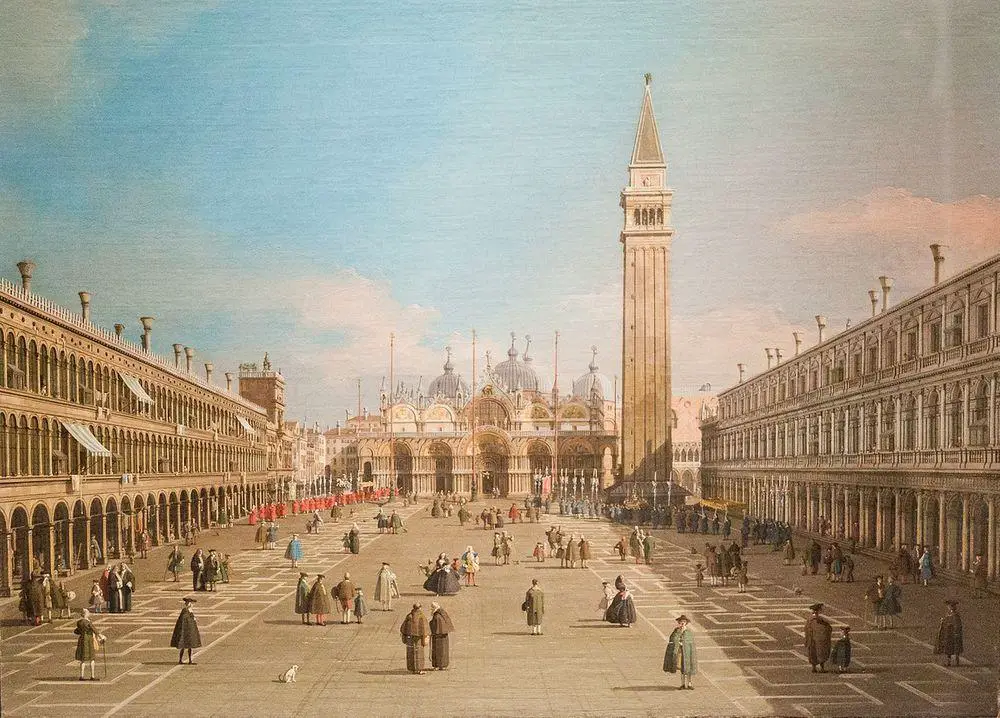
- Saint Mark’s Basilica – one of the most splendid church buildings in the world, an enormous cathedral in Byzantine style that was constructed in 1063 – 1094. It contains the relics of Saint Mark and numerous art values, its interior is adorned with gold-plated mosaic, there are thousands of larger and smaller details to admire for days.
- Doge’s Palace – an enormous palace in Gothic style, constructed in 1340 and further extended and embellished over the centuries and filled with numerous values of art. Now – a museum.
- Ca’ d’Oro – possibly, the greatest palazzo in Gothic style in the city, although there are many fine examples. The influential Contarini family built it in 1428 – 1430. Now the opulent rooms of the palazzo serve as a museum.
- Santa Maria Gloriosa dei Frari – the largest church in Venice, outstanding Gothic structure. The church was built in 1250 – 1338 and is rich with outstanding works of art. This is the church of Titian – the great painter created several works of art for the church and he was interred here.
- Santi Giovanni e Paolo – an enormous Gothic church, built in 1430ies. There were buried 25 doges of Venice, the church contains numerous art values.
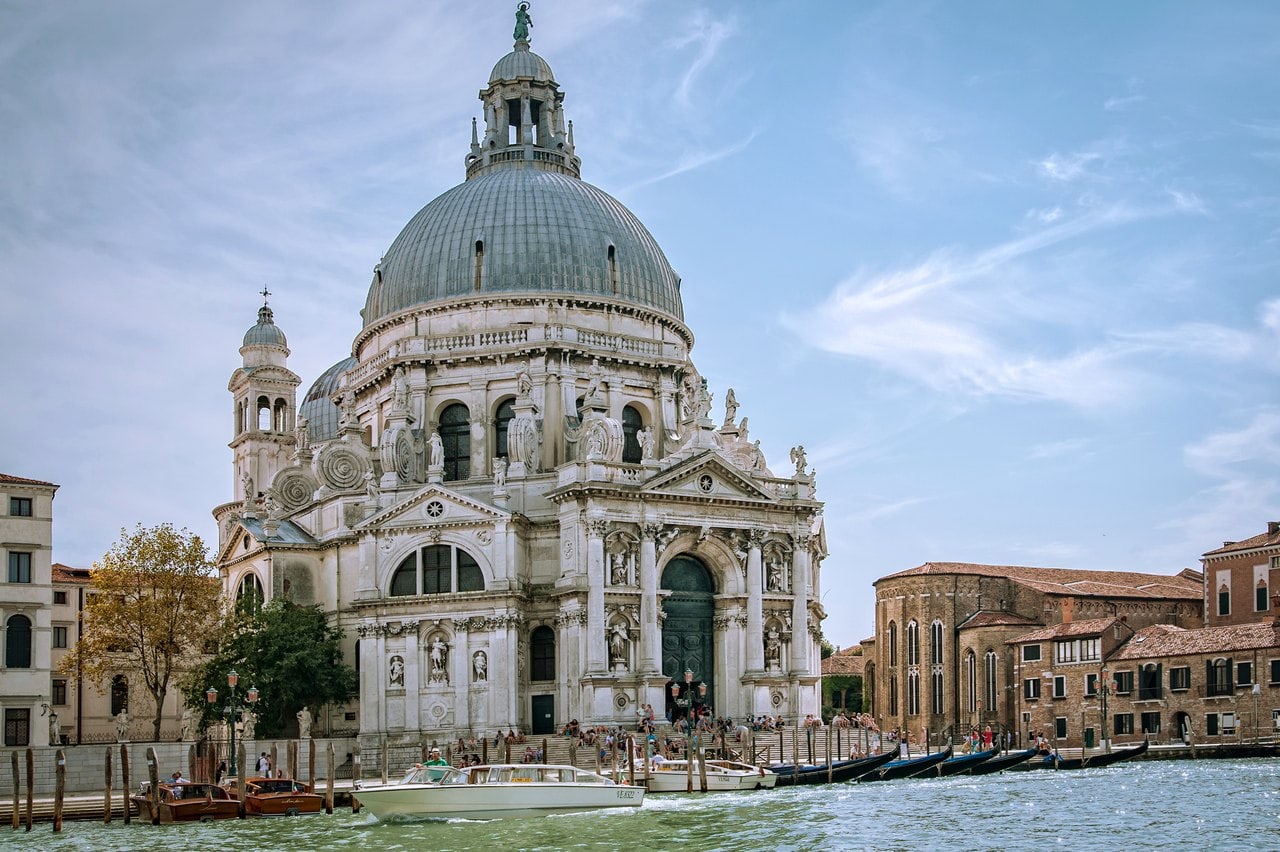
- Santa Maria della Salute – one of the most photographed churches in Venice thanks both to its beauty and its scenic location with a wider view of the Venetian lagoon behind it. One of the highest achievements in Baroque architecture, constructed in 1631 – 1687.
- Venetian Arsenal – an enormous system of shipyards and other military production facilities, the largest industrial complex in Europe from the 12th century to the 18th century. This was an early example of a well-organized industrial assemblage facility. The complex includes also beautiful structures that are adorned with sculptures.
- Rialto Bridge – the oldest of the four bridges over the Grand Canal. The current bridge was built in 1588 – 1591. This is a beautiful stone bridge, an important achievement of engineering of the Renaissance period.
- Teatro La Fenice – one of the most important historical opera houses in the world where numerous important events in the history of music have taken place. Initially constructed in 1792 in Neo-Classicism style in the site of the earlier theater, it has suffered from flames several times but is always rebuilt anew.
- Scuola Grande di San Marco – a gorgeous Renaissance building, a seat of cofraternity and later – the city hospital. Constructed in 1488 – 1495.
- St Mark’s Campanile – the tallest structure in Venice, 98.6 m high. The current campanile was built in 1912, replacing the former campanile that was built in 1514 and collapsed in 1902.
- Santa Maria dei Miracoli – one of the most beautiful Renaissance buildings not only in Venice but anywhere, a church that was built in 1481 – 1489.
References
- Antonio Brambati, Laura Carbognin, Tullio Quaia, Pietro Teatini, and Luigi Tosi, The Lagoon of Venice: geological setting, evolution and land subsidence, Episodes, September 2003. Accessed on February 3, 2022
 Linked articles
Linked articles
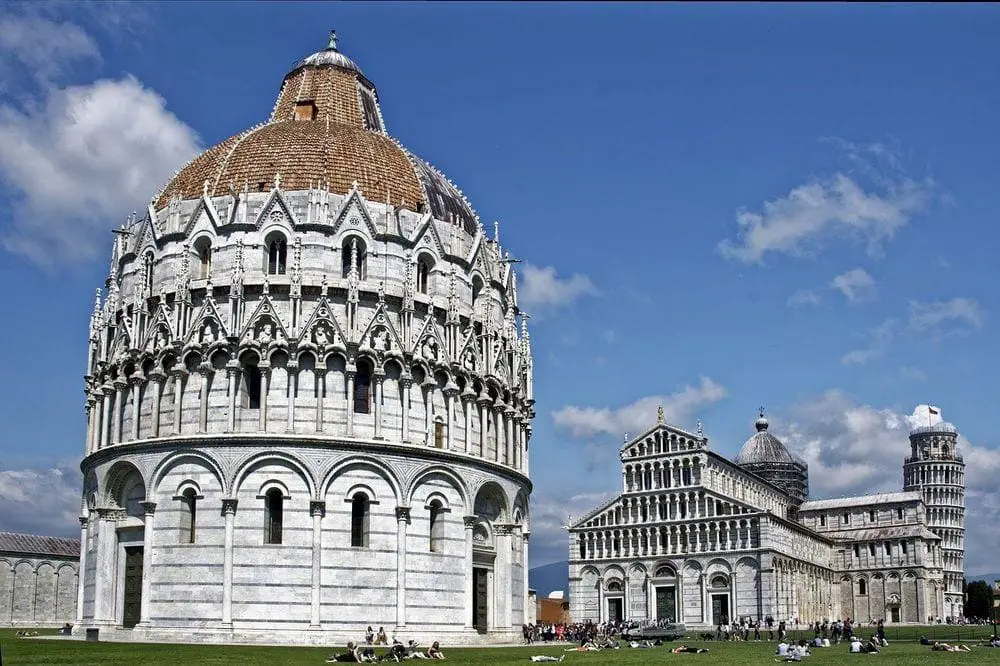
Wonders of Italy
Italy is one of the most popular destinations in the world due to its unsurpassed cultural heritage – this country has got some of the finest monuments of architecture and art in the world.
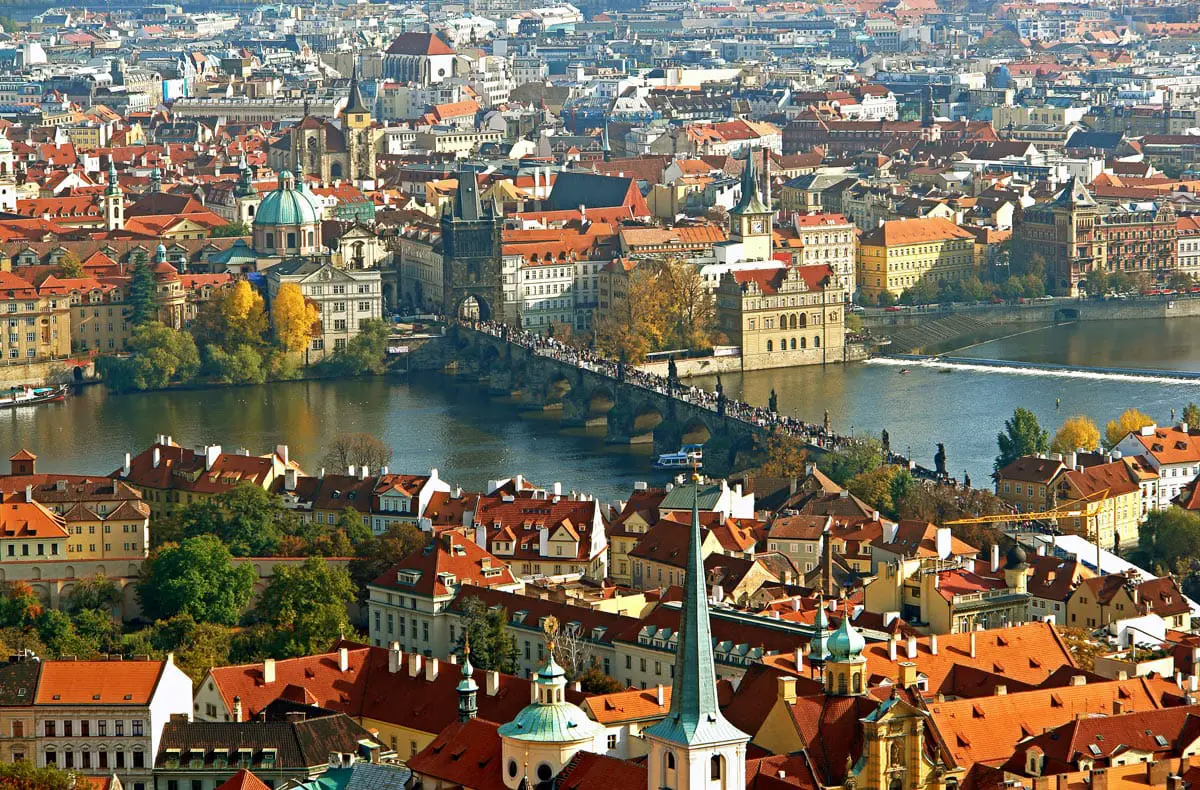
Cities and towns
Many of the most popular and exciting landmarks in the world are cities and towns. Millions of tourists are attracted to such cities as Venice, Florence, Prague, and Jerusalem. They never fail to impress and one will always find something new and unexpected here.
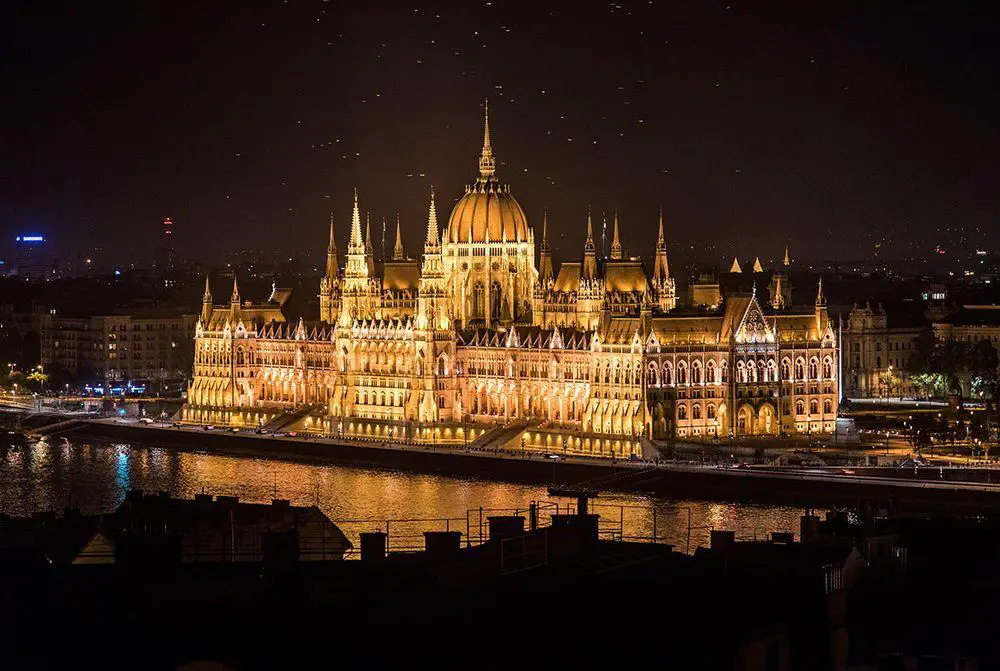
Wonders of Europe
The heritage of Europe is diverse and endlessly interesting. Incomparably rich is the wealth of European historical architecture, but this part of the world has exciting natural heritage and archaeological heritage as well.
 Recommended books
Recommended books
Francesco’s Venice: The Dramatic History of the World’s Most Beautiful City
Venice’s rich history is explored by a resident historian and descendent from a patrician Venetian family in this beautifully illustrated study. Readers are guided from 5th century Venice to the present day, uncovering historical facts, legends and catching glimpses into the lives of its people, many of which are the authors’ own colorful ancestors.
Inside Venice: A Private View of the City’s Most Beautiful Interiors
This gorgeously photographed journey through entrancingly beautiful Venetian interiors is sure to appeal to Venice’s many admirers interested in the elegance and refinement of classical Old World interior design. The private properties featured in this handsome volume are not accessible to the public and most are published here for the first time.

